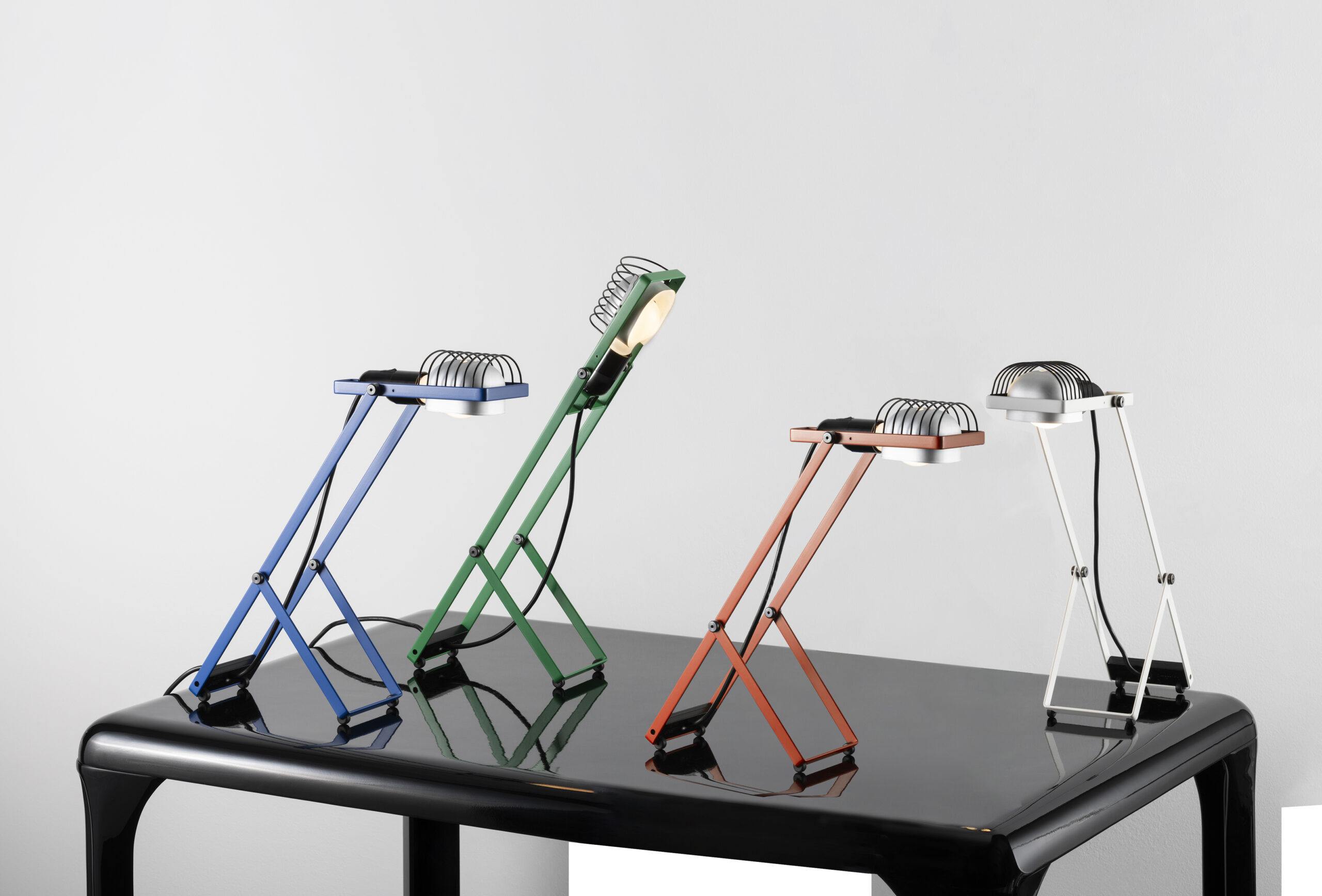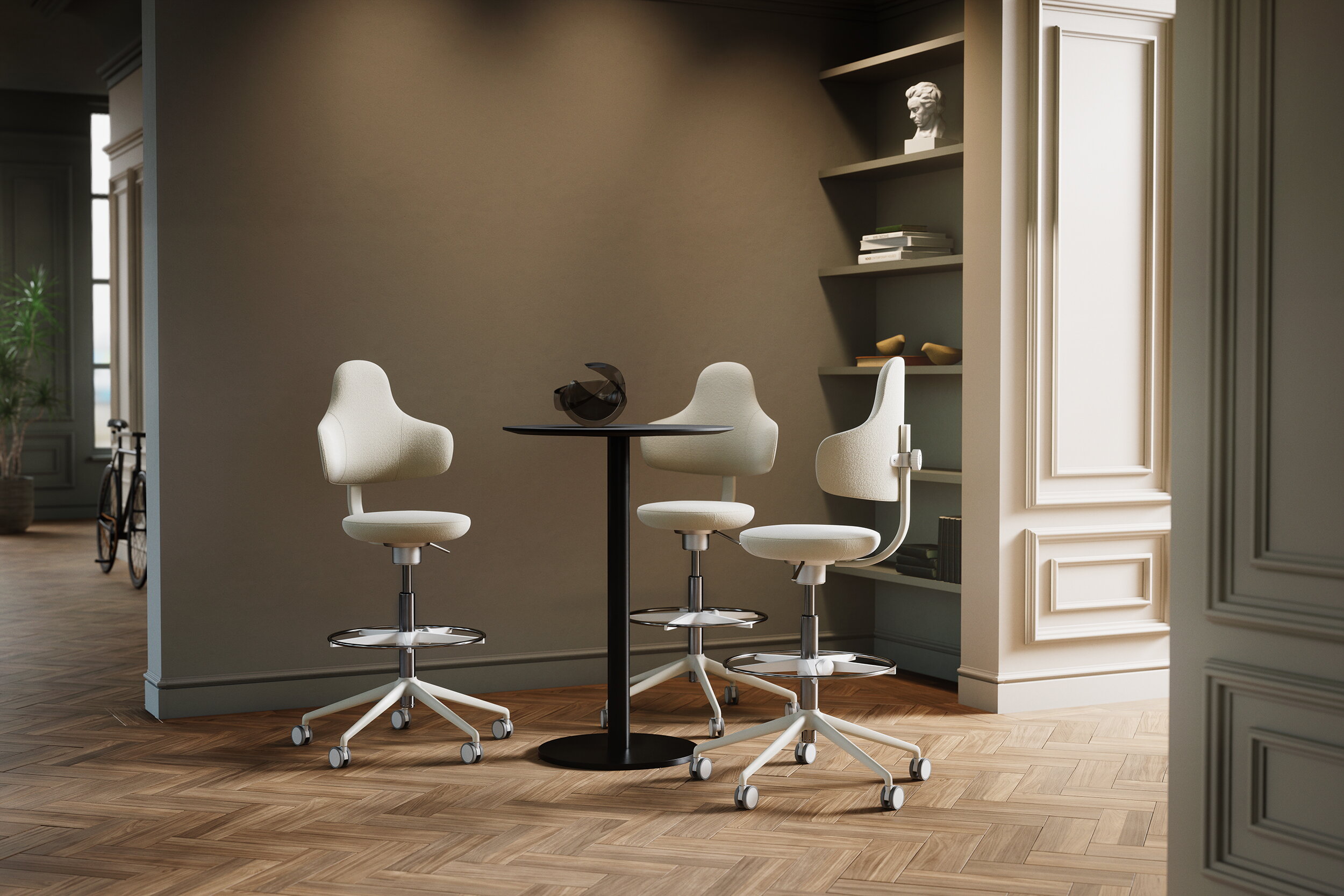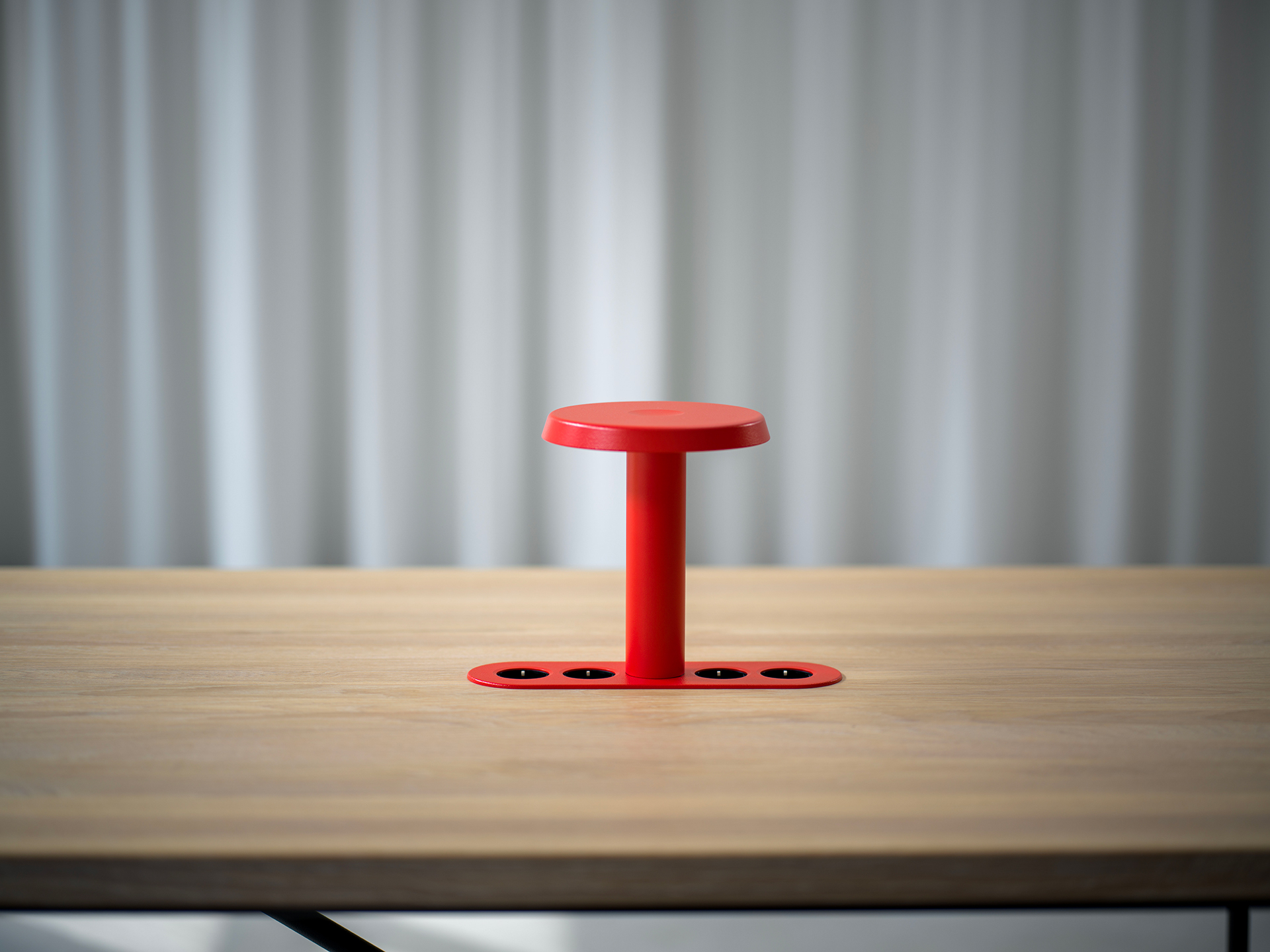 Josef Kaiser, heading up the Vitra’s Swiss office|Ronan & Erwan Bouroullec’s Workbays offer an alternative to the cubicle||
Josef Kaiser, heading up the Vitra’s Swiss office|Ronan & Erwan Bouroullec’s Workbays offer an alternative to the cubicle||
After six years working for Vitra in the US, Josef Kaiser has returned to the European fold to head up the Swiss firm’s office division. onffice met him at the Vitra campus to talk about the two contract markets
onoffice understands that Vitra’s offering has become more palatable to the American market – is that reflecting a wider trend for alternative ‘design-led’ solutions?
It is not that we changed our product portfolio for the US market – it was a nice coincidence that over the last four or five years, cubicle culture disappeared. In 2009 and 2010, the majority of projects done in the US were [based on] cubicles, but by 2012 the majority were open space – it was platforms, it was workstations. The shift was so fast that many of the American manufacturers had to try to understand what was going on. There was a great chance for Vitra to fill the gaps.
What prompted this flip?
Several things. The financial crisis was potentially the one drop that was needed to cause an overflow. The cubicle was a 35-year-old story, so it was aged. If you want to optimise the space, you can make a cubicle smaller and smaller but at one point you reach the limits of the concept to shrink the cubicle. That limit was more or less reached when the financial crisis hit the market quite hard, and new concepts were needed to optimise space. Open plan was used to shrink the footage per person and allow more people to work in the same space as before.
Now, with the upturn of the economy in the US, it seems that open-plan layouts are now really used to generate multi-space offices with retreats, with shared zones that offer more value for the employees. This change from cubicle to a collaborative office environment happened quite fast.
Was price another factor?
Yes, that might be another factor. If you have to furnish your office with cubicles, then you need walls; you need tabletops; you spend more money for what you get compared to if you do an open-plan area and you just need legs and a tabletop. Therefore the price point was definitely a driver as well.
So are we seeing a unity between the United States and Europe that was not there before?
I think there are still several differences. The culture of hiring and firing people is still quite different in the US compared to Germany, for example. This proposition is starting to change slightly. Even in the US they need to fight for the best talent. They need to find the knowledge workers. Therefore they have to rethink: is it just salary that’s the best motivator to get people into the companies or are there others? It could be that you find that the pleasure of work – adding the fun factor into the office environment –could be one of the driving factors to attract talent. This is something that happens, but still slowly in the US, while it happens very fast in the majority of Europe.
So there is a shift in the values of work?
Here in Europe you need to have a good environment and good values to find the best talent; people don’t work just for salaries. You see that with staff longevity. In the US an employee might stay for an average of two years, but in Europe people stay with a company for much longer. That gives some value back to the company because then you benefit from the knowledge over time. You don’t just lose the person to the next employer.























